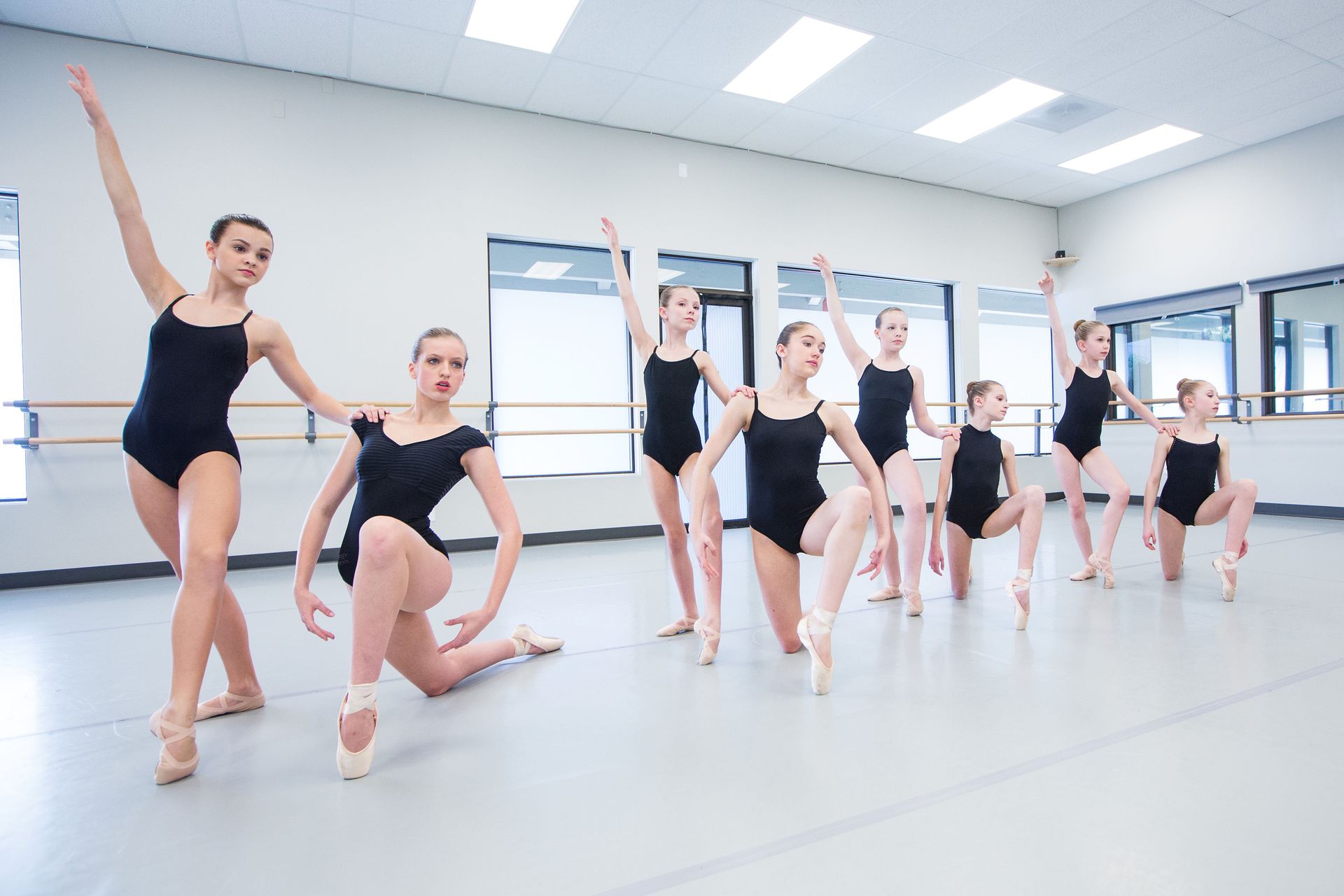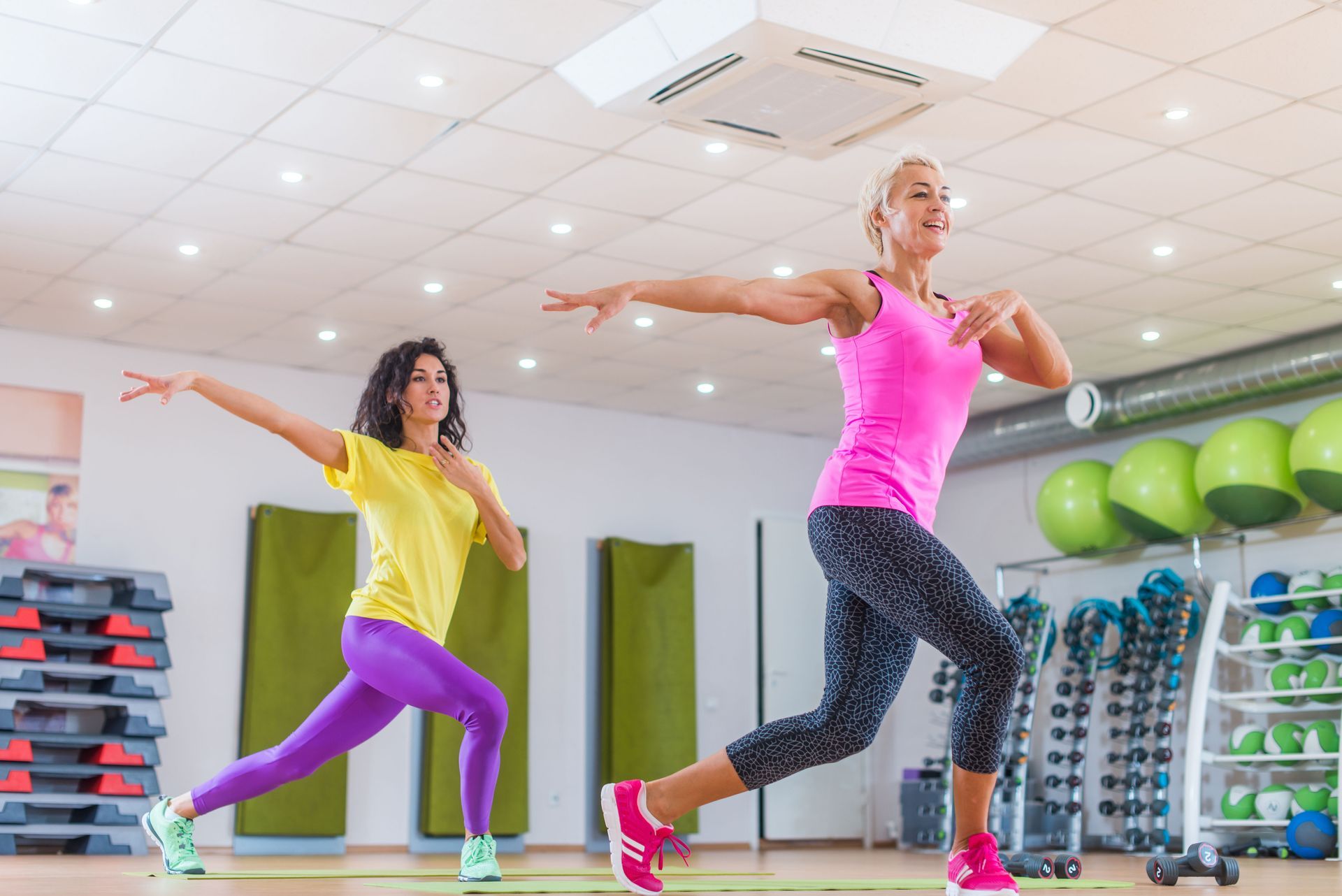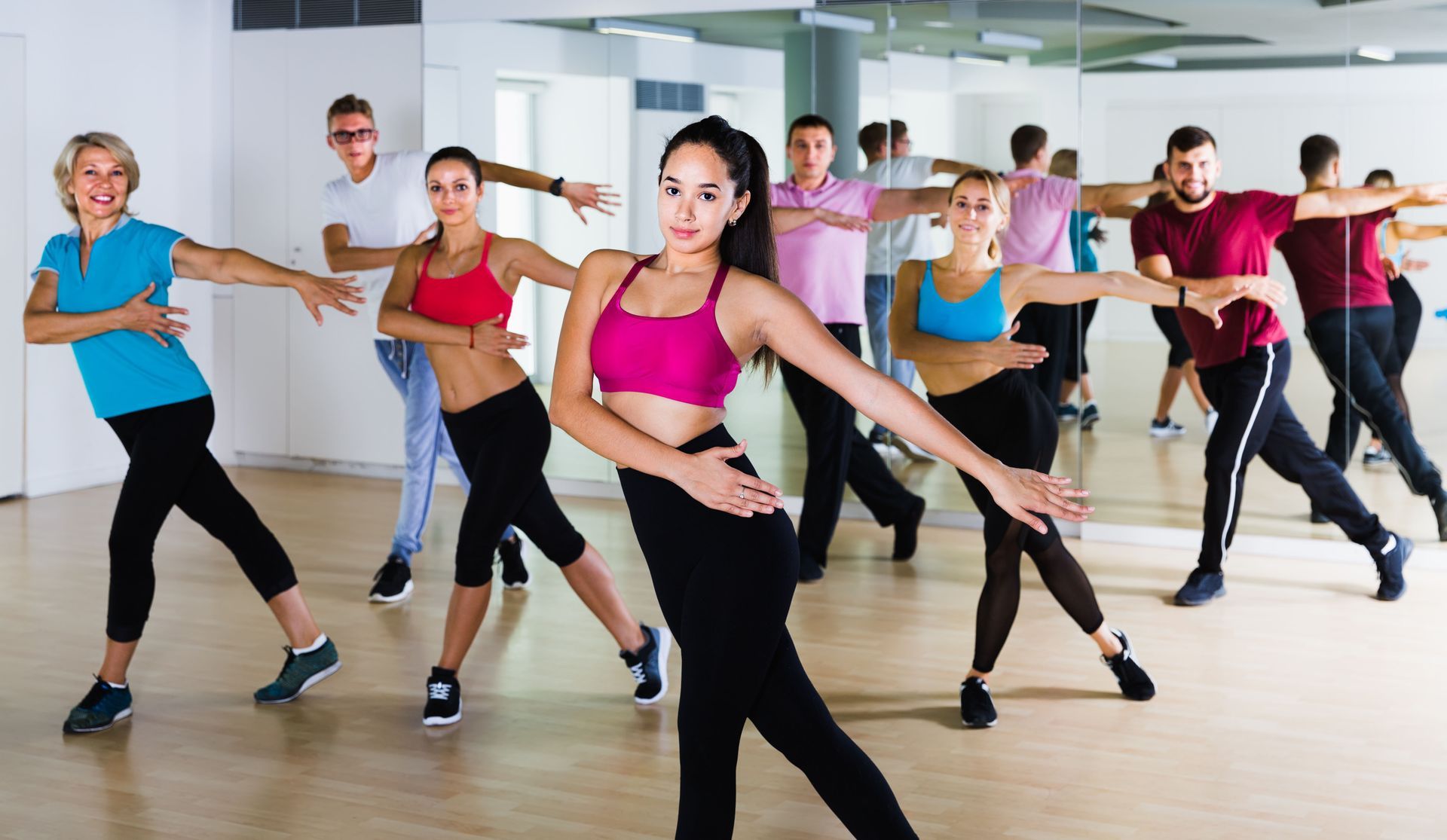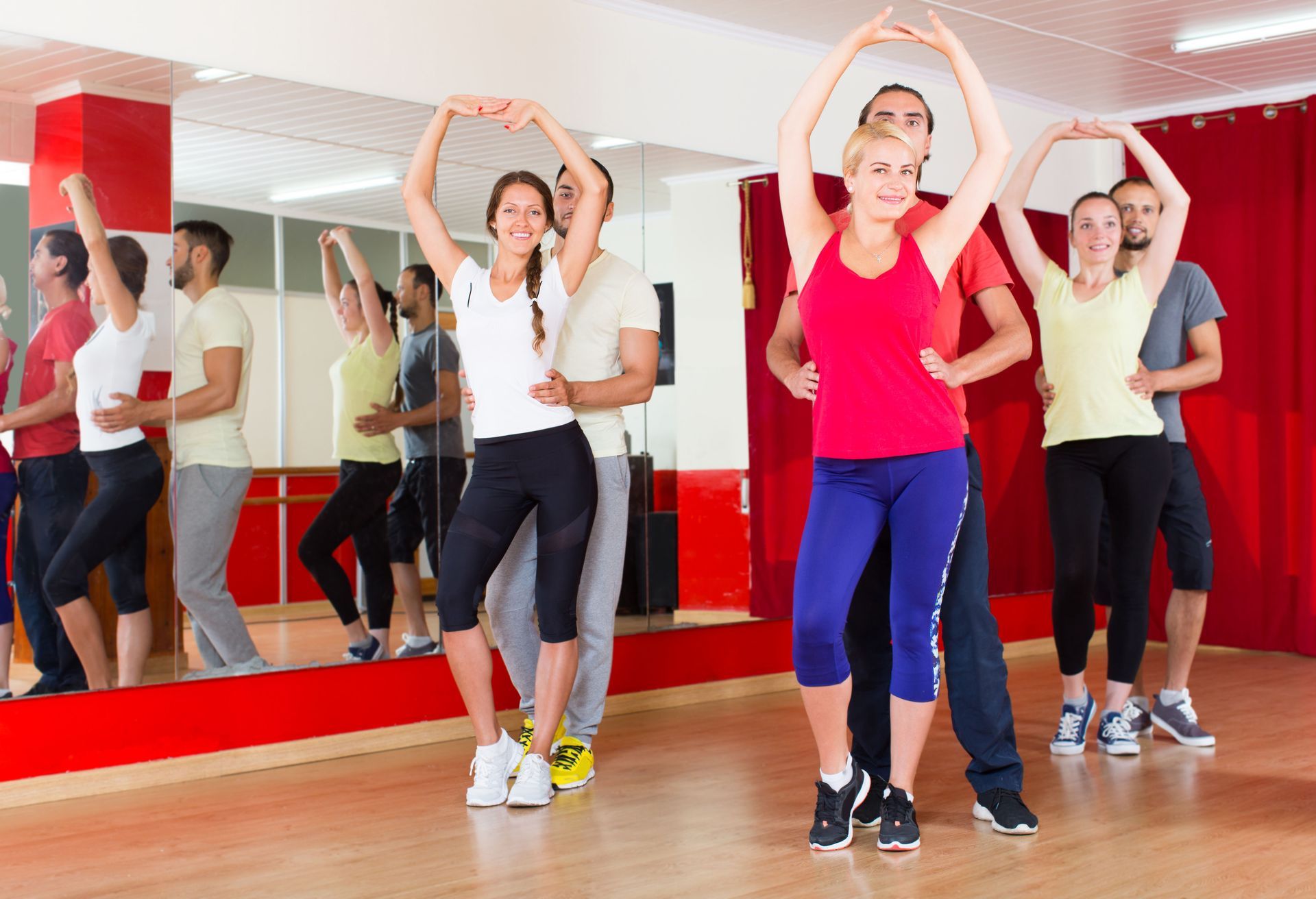October 14, 2025
Joining a competition dance team offers more than just an opportunity to perform; it provides a platform for personal growth, physical development, and community connection. Dancers gain confidence, develop discipline, and build meaningful relationships while pursuing a shared passion. With consistent practice and dedication, participants cultivate skills that extend far beyond the dance studio. From fitness and teamwork to creativity and cultural exposure, being part of a tournament dance team provides a well-rounded experience that shapes both dancers and their futures. The following explores the many ways dancers benefit from this challenging yet rewarding commitment.
1. Enhance Physical Fitness
Participating in a competition dance crew requires high-energy, physically demanding routines that elevate heart rate and build endurance. The sustained aerobic activity improves cardiovascular health while enhancing stamina for longer performances. Practices often include jumping, turning, and lifting, which engage multiple muscle groups simultaneously, strengthening the core, legs, and upper body. Dancers also develop flexibility through stretching routines incorporated in warm-ups and cool-downs, allowing them to perform graceful and precise movements. Balance and coordination are honed through intricate footwork and choreography, while the repetitive nature of practice encourages muscular endurance. These physical benefits not only enhance dance performance but also promote long-term health and well-being.
2. Develop Discipline and Time Management
A competition dance team requires consistent dedication to structured practice schedules, instilling discipline and accountability. Dancers learn to plan their days around rehearsals, performances, and competitions, improving time management skills that extend beyond the dance studio. Balancing school or work with rigorous training demands prioritization and efficiency. Goal setting is also a crucial aspect of competition dance, with dancers focusing on achieving both short-term milestones, such as mastering a routine, and long-term objectives, such as earning awards or advancing within the team. According to IBISWorld, there are 10,908 businesses in the dance studios industry in the United States, growing at a CAGR of 1.6% between 2019 and 2024, reflecting increasing interest in dance and the opportunities it offers. Learning to navigate these commitments teaches resilience and adaptability that dancers carry into adulthood.
3. Build Teamwork and Social Skills
Being part of a tournament dance team fosters a sense of community, camaraderie, and collaboration. Dancers spend hours together learning routines, supporting each other during rehearsals, and celebrating successes. This environment nurtures trust and mutual encouragement, creating strong friendships that often extend outside the studio. Team members learn to communicate effectively, compromise when necessary, and problem-solve collaboratively to perfect choreography. Leadership roles within the team, such as captain or choreographer, allow dancers to develop decision-making skills, inspire others, and take accountability for team outcomes. Through these interactions, dancers build confidence in social settings, cultivate empathy, and develop lifelong interpersonal skills.
4. Boost Self-Confidence
Performing with a competition dance team is a powerful confidence-building experience. Facing audiences during local and national competitions encourages dancers to overcome stage fright and trust their abilities. Repeated exposure to performance situations enhances poise, self-assurance, and presentation skills. Constructive feedback from instructors and judges provides opportunities to grow, refine technique, and learn from mistakes. Celebrating personal and team achievements reinforces self-esteem and motivates dancers to continue improving. This confidence often extends beyond the stage, influencing academic performance, social interactions, and future professional endeavors.
5. Foster Creativity and Artistic Expression
A competition dance team offers dancers opportunities to explore multiple dance styles, including ballet, jazz, contemporary, lyrical, hip-hop, and acro. Exposure to different genres encourages versatility and creative problem-solving, as dancers adapt to unique movements and musical interpretations. Participation in choreography allows dancers to contribute their ideas, experiment with timing, and express individuality within team routines. Storytelling through dance enables performers to convey emotions, narratives, and themes without words, strengthening interpretive skills and emotional intelligence. Music interpretation, costume design, and staging further enhance creative expression, teaching dancers how aesthetic and technical elements complement one another to produce compelling performances.
6. Expand Cultural Awareness
Competing with a competition dance team often involves traveling to new venues, including local theaters, regional competitions, and national stages. These experiences introduce dancers to diverse cultures, performance styles, and traditions, broadening their perspectives and fostering cultural appreciation. Interacting with dancers from different backgrounds encourages respect, collaboration, and cross-cultural communication. Exposure to varied audiences also helps dancers learn to connect emotionally with viewers, adapting their performances to different settings. By participating in competitions that draw international or nationwide attention, dancers gain a global outlook and develop skills that transcend the studio, fostering maturity and cultural intelligence.
7. Improve Mental Resilience
The rigorous training and performance demands of a tournament dance team cultivate mental toughness. Dancers learn to handle pressure, manage performance anxiety, and maintain focus under challenging circumstances. Coping with setbacks, such as imperfect routines or unexpected competition results, teaches perseverance and resilience. Over time, dancers develop strategies to overcome obstacles, maintain motivation, and adapt to unforeseen changes. This mental strength not only improves performance in dance but also equips dancers to approach academic, social, and professional challenges with confidence and composure.
8. Encourage Lifelong Learning
Being part of a competition dance team promotes continuous improvement, curiosity, and a love of learning. Dancers are consistently challenged to master new techniques, refine existing skills, and explore innovative choreography, fostering a mindset of growth and adaptability. Instruction across multiple dance disciplines, including acro, pointe, lyrical, jazz, and musical theater, ensures dancers gain a comprehensive understanding of movement, musicality, and performance artistry. Exposure to different styles broadens versatility and encourages creative experimentation.
Learning extends beyond technique. Dancers study performance psychology, stage presence, and expressive storytelling, learning how to convey emotion and narrative through movement. They also analyze performances to identify areas for improvement, cultivating self-awareness and critical thinking. Facing challenges, such as mastering complex routines or adapting choreography to new music, teaches resilience and perseverance, emphasizing that progress comes from effort rather than perfection.
Collaboration with teammates enhances learning as dancers exchange ideas, give and receive feedback, and learn from one another’s strengths. Workshops, masterclasses, and guest instructors provide fresh perspectives, expanding knowledge and inspiring new artistic directions. Ultimately, these experiences cultivate habits of curiosity, discipline, and self-improvement that carry into academics, careers, and personal growth. A competition dance team instills the understanding that growth is ongoing, equipping dancers with tools to succeed on and off the stage.
9. Provide Performance and Travel Opportunities
Competing as a member of a competition dance crew often involves attending events across the state or nation. Performing in different venues enhances stage presence, adaptability, and technical execution. Traveling also exposes dancers to new cities, communities, and cultures, enriching their life experiences. Networking with other dancers, instructors, and choreographers broadens creative influences and opens opportunities for collaboration and mentorship. These experiences encourage dancers to become well-rounded performers who appreciate both the artistic and cultural dimensions of dance.
10. Develop Leadership and Responsibility
A tournament dance team presents opportunities for dancers to take on leadership roles, guiding peers through rehearsals and performances. Leadership fosters skills in motivation, organization, and accountability. Captains and choreographers learn to communicate effectively, delegate responsibilities, and inspire team cohesion. Taking responsibility for both personal and team outcomes reinforces a strong work ethic and sense of ownership. These lessons in leadership are transferable to academic, community, and professional settings, providing a foundation for future success.
Being a part of a competition dance team develops physical fitness, discipline, teamwork, self-expression, creativity, resilience, and cultural awareness. The skills and experiences gained extend far beyond the dance studio, shaping confident, adaptable, and well-rounded individuals. At Pennsylvania Academy of Dance Arts, we are proud to guide dancers through every step of this journey, providing a nurturing environment where talent and ambition thrive. Whether refining technique, contributing to choreography, or performing on stage, we support dancers in reaching their full potential while embracing the joy and artistry of dance.






